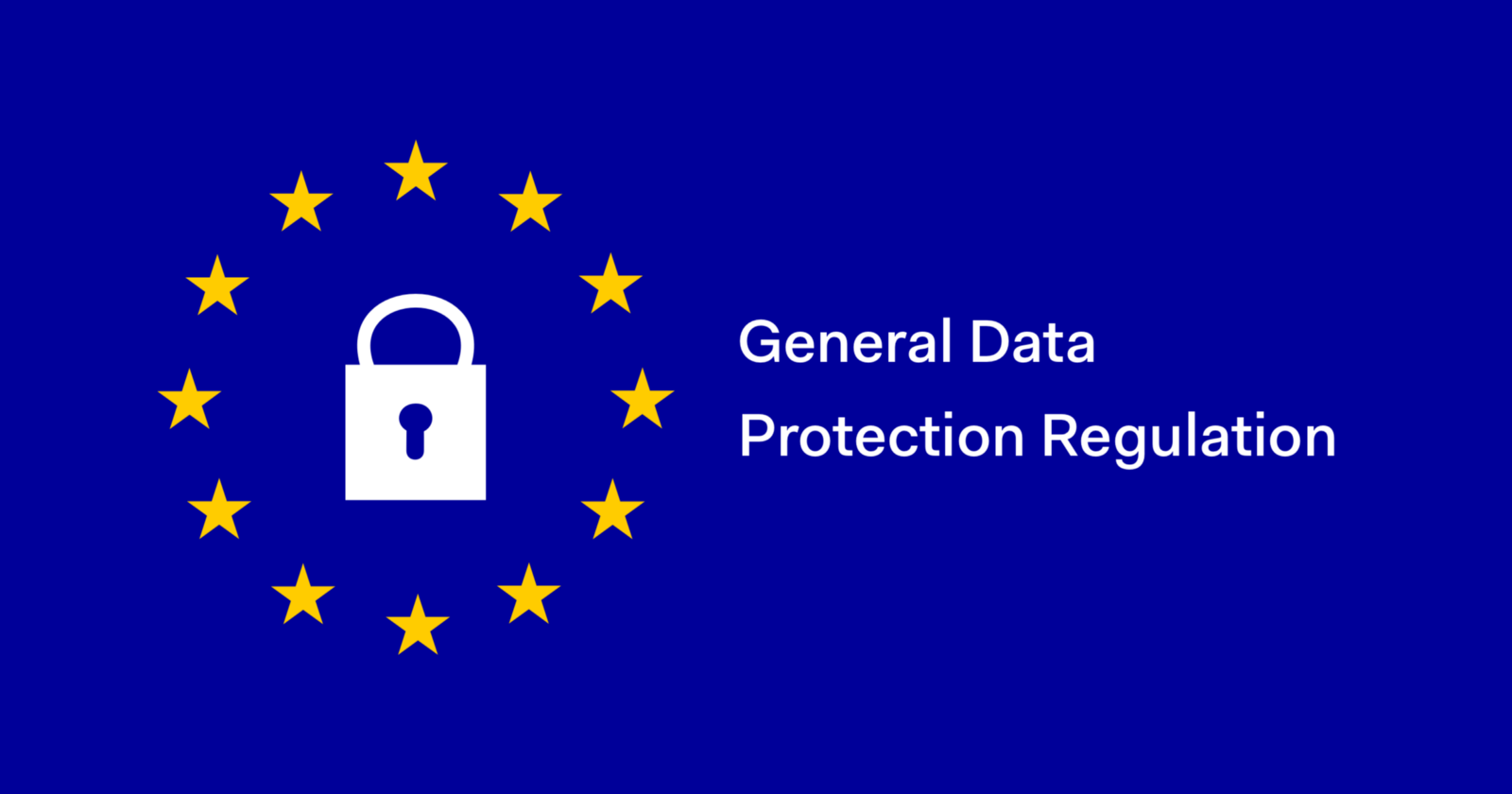Anonymising Consumer Spend Data
The General Data Protection Regulation was approved in 2016, became law in 2018, and caused a headache for many organisations that did not have consent or legitimate interest to process personal data. You saw the flurry of re-consent emails in the lead up to the 25th May as companies panicked that they did not have the right to spam you or even hold your data on their systems.
In the past a merchant might have been able to match your transactions at their stores using data from a card issuer to understand market share at an individual customer level. Fifteen years ago, Blockbuster Video could have asked a financial institution to give it early intel that revenue from streaming and pay TV was accelerating and determine which individuals were switching away. Regulations have tightened. GPDR created an opportunity for new business models, such as Fable Data, that are private by design as legacy models were forced to change. To avoid identifying individuals, data are tagged and aggregated at levels that encompass hundreds or thousands of people such as a Postcode Sector, Gender or Local Authority. Fable Data can trend the performance of Greggs versus McDonalds in a region, track the movement of spend between Mobile Network Operators and see where electric vehicle charging is gaining momentum. No none of this relies on personal data. What it does rely on, is a well-tagged, representative panel of consumer spending with a regular update.

Our detailed tagging of transactional data allows our clients to dig deeper still and view the trajectory of banners and channels operated by big retailers such as Petrol Stations, Convenience and Online. We also track returns and can see how these change as a merchant alters its returns policy. These signals are gold dust to sophisticated investment managers.